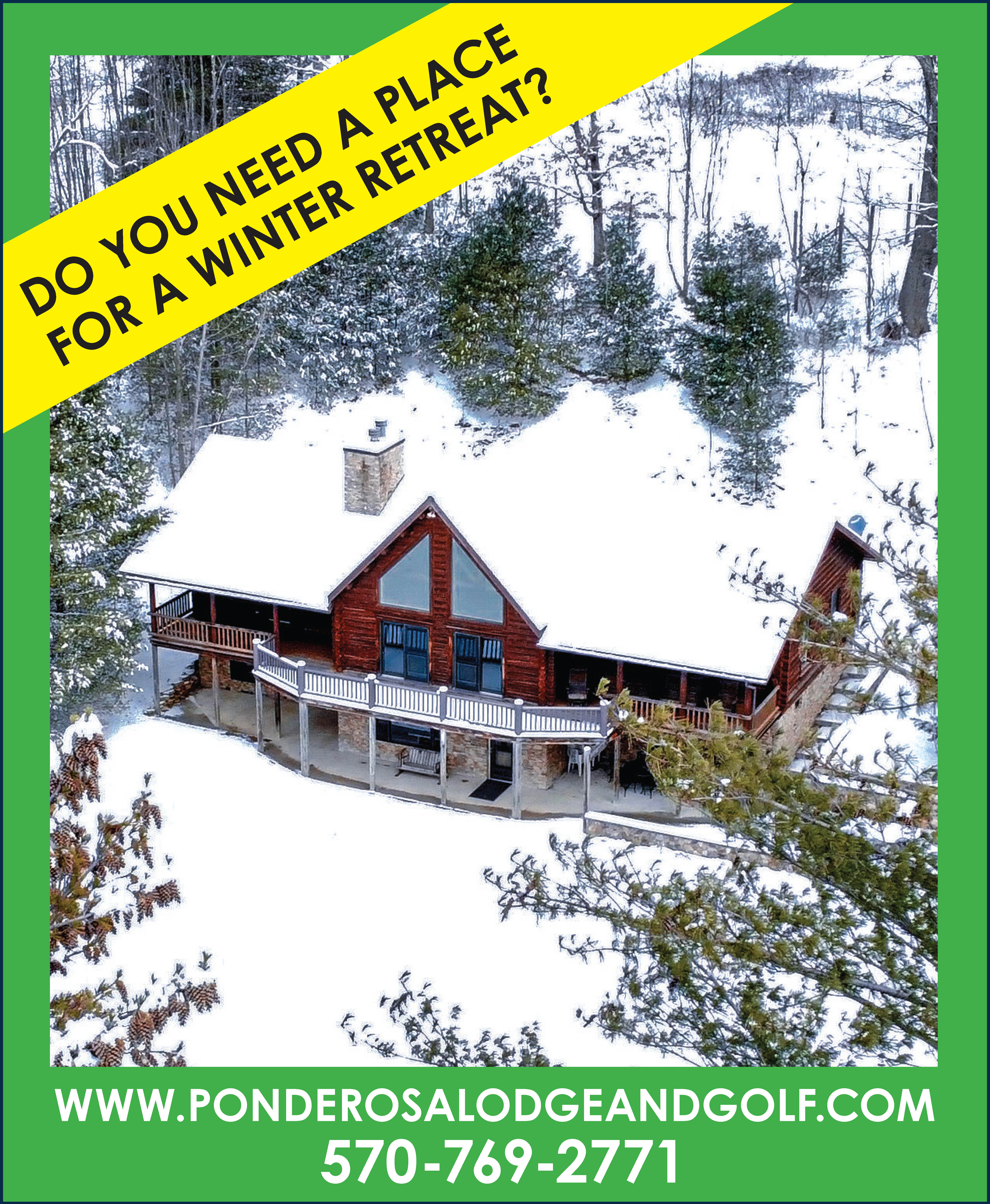We spend a lot of time talking about, thinking about, and in my case, also writing about how to find and hopefully take a deer. I wonder how much thought we put into getting that deer home after the hunt. I realize that in many cases a lot of hunters aren’t really that far from a vehicle, camp, or home, and the deer drag won’t be all that difficult. If you downed a buck most hunters simply grab an antler and start dragging, but if it’s an antlerless deer that’s a different story. I always carry a good length of rope in my backpack just for that reason.
Certainly even relatively short drags can be difficult at times depending on the terrain to be traveled. That’s especially true if you’re facing a steep uphill drag. I know I’ve talked to a lot of guys who are convinced that as they grew older the hills they hunted and dragged deer over have somehow gotten steeper. I must admit that as I get older, I give more and more thought as to how I will recover and transport a downed deer. On more than one occasion I have found myself still deep in the woods well after dark with my deer knowing it would still be several more hours until I get to my destination. This is a situation that the lone hunter must deal with, while hunting with companions certainly has its perks — extra help in getting a deer out of the woods.
There are a couple of things available that may help make the drag a bit easier for the single hunter. A number of years ago I purchased a two-wheeled cart of sorts designed just for taking deer out of wooded areas; the wheels slant inwards to help keep the cart from tipping. Several years ago my wife and I were both successful in taking deer in the same evening. I hiked the half-mile back to the truck and retrieved my cart and we were able to put both deer on it and easily wheel the deer back to the truck. Of course, you have to decide to either take the cart with you on the hunt or go back for it if the hunt turns out to be a success.
Another drag device is just a simple flat piece of plastic material about the length of a deer and a few feet wide. The plastic sheet has holes on each side for using a rope to tie your deer on the sheet. A length of rope at one end allows you to pull the deer as though it were on a sled — the plastic slides fairly easily. This contraption can be rolled up and stuffed in a backpack and be carried along.
Of course none of this hard work is necessary if you have access to and are on land where you can make use of some sort of four-wheeler, but many of us hunt on public land or game lands where such vehicles are not permitted — hence the good old drag method.
Occasionally a hunter may get into a situation where access and distance create real problems, and add to that a critter weighing in at 500-1,000 pounds — I’m talking elk here. I was alone and several miles back in the mountains of Montana when I downed a 6×6 bull elk weighing an estimated 800 pounds — now what? That’s not something you “drag” out. The only feasible way to get the elk out was to quarter it up and backpack 50 or 60 pounds of meat out at a time; it took nearly five days to pack it out. Fortunately temperatures were cold and there was sufficient snow to pack around the meat to preserve it.
On my elk hunt in Pennsylvania in 2009, I was again fortunate to drop an 8×8 bull that weighed nearly 800 pounds. I planned ahead of time for this hunt though and I had eight guys waiting for my call — we dragged the whole elk out in a couple of hours.
Well, here’s hoping I’ll get the chance to wear myself out dragging a deer — it’s a lot of work but somehow we don’t seem to mind do we?




Leave a Comment
Your email address will not be published. Required fields are marked with *